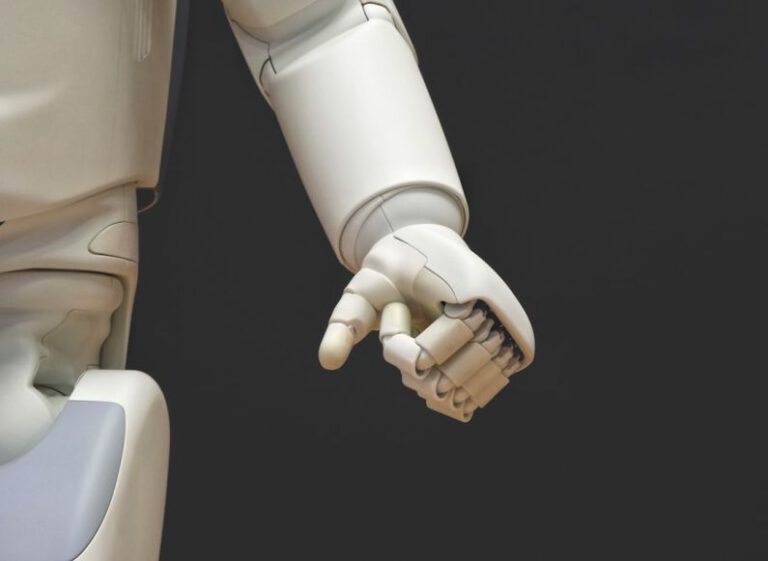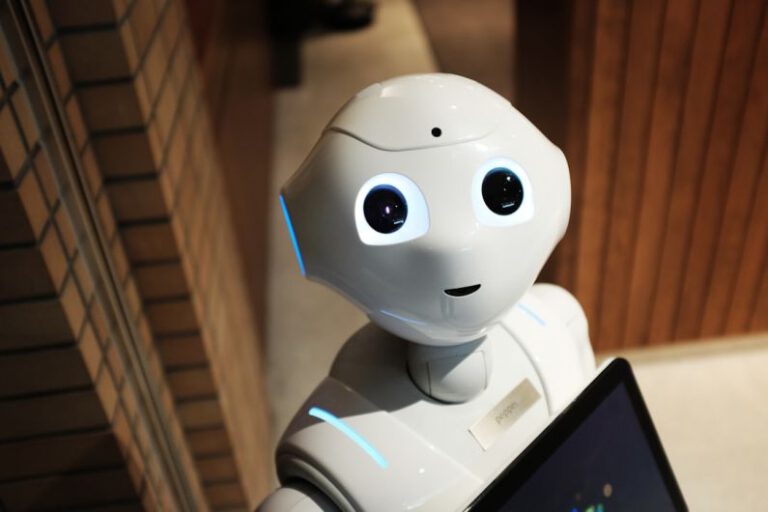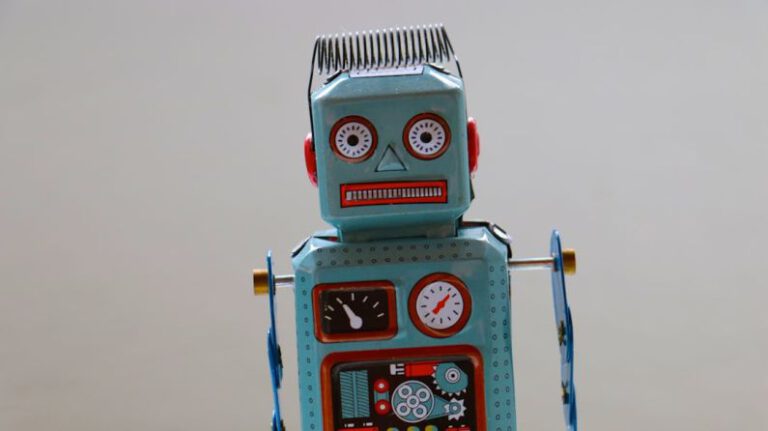Robotic Pets: the Future of Companionship
In today’s fast-paced world, where the demands of work and personal life often leave little time for leisure, the idea of having a pet can seem like a distant dream for many. However, with advancements in technology, a new trend is emerging that offers a solution to this dilemma – robotic pets. These lifelike companions are designed to provide the joys of having a pet without the commitment and responsibilities that come with owning a real animal. Let’s explore how robotic pets are reshaping the concept of companionship and what the future holds for this innovative trend.
The Rise of Robotic Pets
Over the past few years, robotic pets have gained popularity among individuals seeking companionship in a low-maintenance form. These sophisticated devices are equipped with artificial intelligence and sensors that allow them to interact with their owners in a manner similar to real animals. From robotic dogs that wag their tails and bark playfully to robotic cats that purr and nuzzle, these lifelike companions offer a sense of comfort and companionship to their owners.
The Appeal of Robotic Pets
One of the main appeals of robotic pets is their ability to provide companionship without the need for constant care and attention. Unlike real pets, robotic companions do not require feeding, grooming, or regular visits to the veterinarian. This makes them an ideal choice for individuals with busy schedules or those who are unable to care for a real animal due to allergies or living restrictions.
Furthermore, robotic pets offer a sense of emotional support to their owners, especially to those who may feel lonely or isolated. The interactive nature of these devices allows individuals to form a bond with their robotic companions, providing a source of comfort and entertainment in their daily lives. As a result, robotic pets are increasingly being seen as a viable alternative to traditional pets for those seeking companionship.
The Evolution of Robotic Pet Technology
Advancements in technology have led to the development of increasingly lifelike robotic pets that blur the lines between artificial and real companions. These modern devices are equipped with advanced features such as facial recognition, voice commands, and responsive movements, making the interaction with them feel remarkably natural and engaging. Some robotic pets are even capable of learning and adapting to their owner’s preferences and habits, further enhancing the bond between human and machine.
Moreover, the customization options available for robotic pets allow owners to personalize their companions to suit their preferences. From choosing the color and breed of their robotic pet to selecting specific behaviors and responses, individuals can tailor their robotic companions to reflect their unique personalities and tastes. This level of personalization enhances the sense of connection between owners and their robotic pets, making the companionship experience even more fulfilling.
The Future of Robotic Companionship
As robotic pet technology continues to advance, the future holds exciting possibilities for the role of these artificial companions in society. With ongoing research and development, we can expect to see even more realistic and interactive robotic pets that offer enhanced features and capabilities. From robotic birds that sing melodies to robotic fish that swim elegantly in virtual aquariums, the potential for innovative robotic companions is endless.
Furthermore, the integration of artificial intelligence and machine learning algorithms will enable robotic pets to adapt to their owner’s needs and preferences more effectively. By analyzing data and interactions, these intelligent companions can provide personalized companionship experiences that cater to the emotional and social well-being of their owners. This level of sophistication will undoubtedly revolutionize the way we perceive and interact with robotic pets in the future.
In conclusion, robotic pets are not just gadgets or toys; they represent a new era of companionship that offers a unique and fulfilling experience to individuals seeking connection and comfort in their lives. With their lifelike features, interactive capabilities, and potential for future advancements, robotic pets are shaping the future of companionship in ways that were once unimaginable. As technology continues to evolve, the bond between humans and robotic companions will only grow stronger, redefining the meaning of companionship in the digital age.






